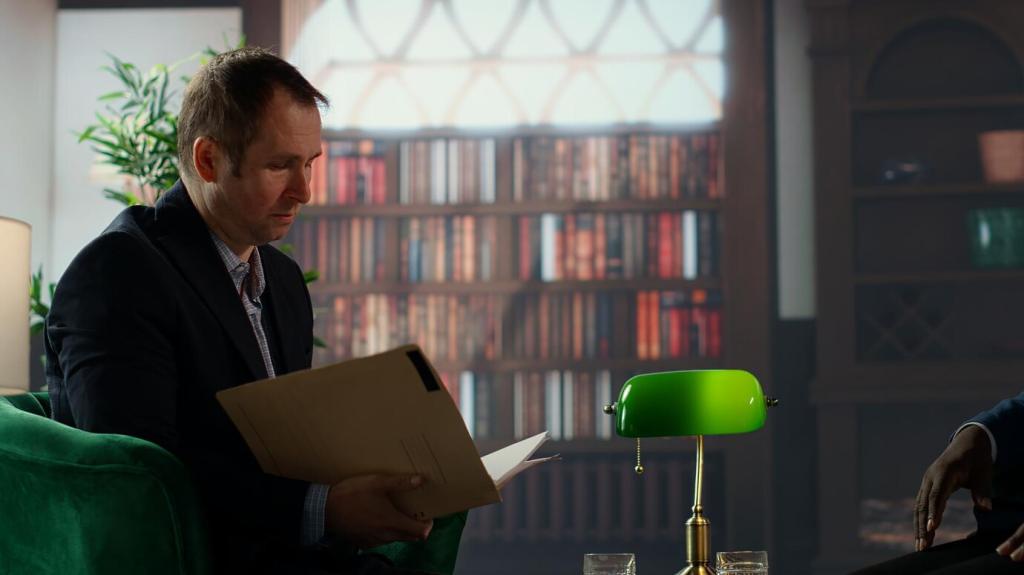The Evolution of Upcycled Fashion Design
Upcycled fashion design has transformed the landscape of modern style by merging creativity with sustainability. As consumers and designers alike become increasingly aware of environmental issues, upcycling in fashion has transcended its niche origins to influence mainstream markets and redefine aesthetic norms. The journey of upcycled fashion, from a grassroots movement to a cornerstone of contemporary design, offers insight into how innovation, ethics, and artistry can combine to reshape an entire industry.

Upcycling first gained attention in the modern era as part of countercultural and alternative fashion scenes. During the late twentieth century, punk fashion embraced DIY aesthetics, with individuals altering thrift-store finds or repurposing materials to create provocative, personalized looks. Soon, avant-garde designers began showcasing upcycled pieces on international runways, highlighting their artistic potential. This transition from subcultural style to high fashion validated upcycling as legitimate creative expression and positioned it as a new frontier for designers aiming to blend sustainability with bold aesthetics.
Upcycling’s Emergence in Modern Fashion
Contemporary Designers and Upcycled Innovation
Redefining Aesthetics Through Upcycling
Contemporary designers challenge traditional ideas of beauty by highlighting the “imperfect” or the “unexpected” in upcycled fashion. By intentionally showcasing patchwork, visible stitching, and unconventional juxtapositions of fabric, they celebrate the history and uniqueness of each garment. This approach has sparked a broader appreciation for authenticity and individuality, drawing fashion lovers to the inherent stories behind each upcycled piece and setting new trends that depart from cookie-cutter mass production.


Technological Advancements in Upcycled Design
Innovative technologies have propelled upcycled fashion into new realms of possibility. Designers now use advanced textile processing methods to deconstruct, reconfigure, and embellish fabrics in ways that were unimaginable just a few decades ago. Digital tools allow for precise pattern making and 3D modeling, while new dyeing and finishing techniques minimize environmental impact. By marrying technology and sustainability, designers show that upcycling can be as sophisticated and stylish as any traditionally produced fashion item.
